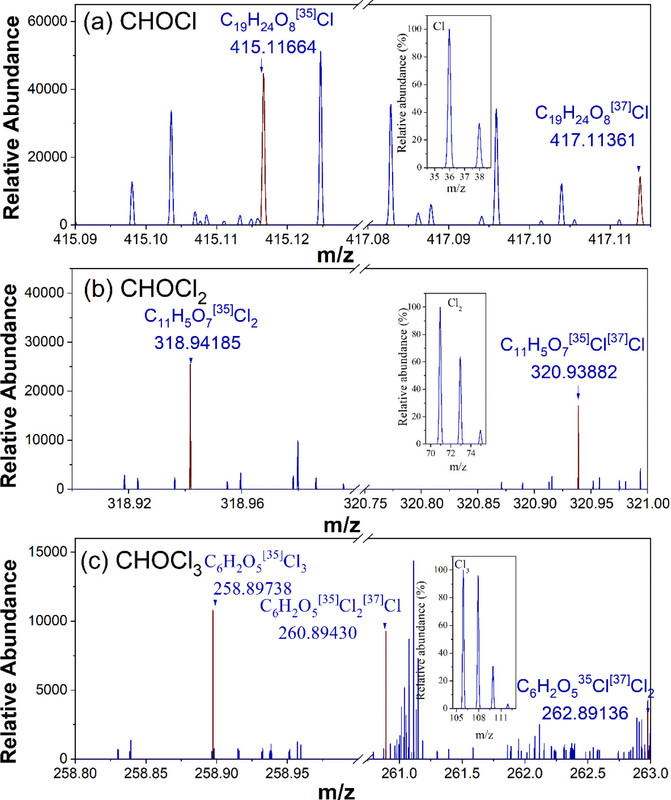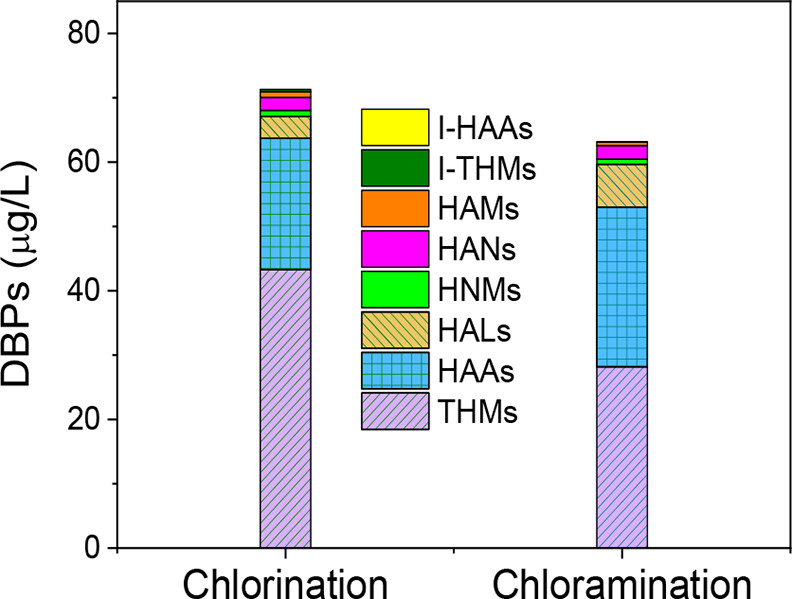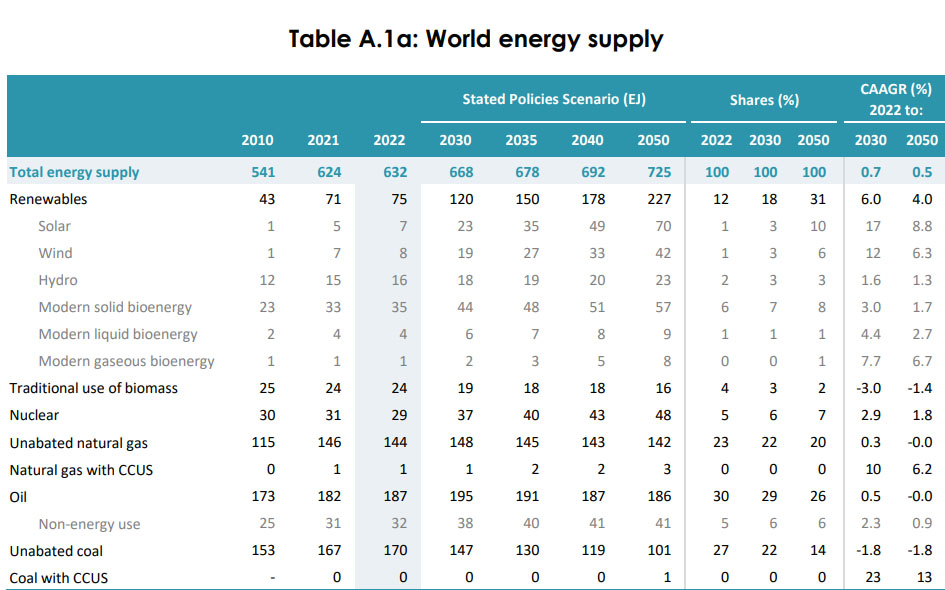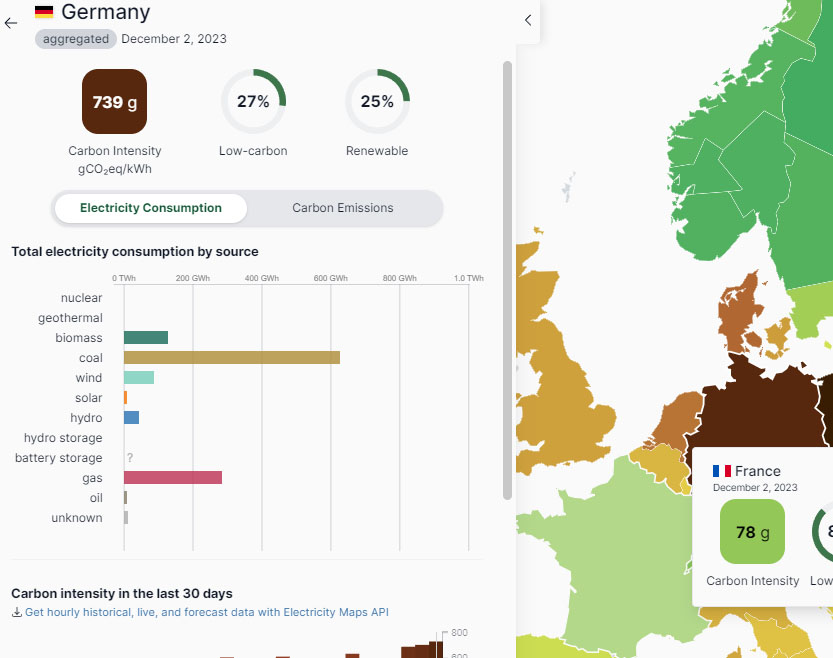Science
Related: About this forumIssues in Water Chlorination Toxicology: ID of High Molecular Weight Halogenated Molecules in Drinking Water
The paper to which I'll refer in this post is this one: Unravelling High-Molecular-Weight DBP Toxicity Drivers in Chlorinated and Chloraminated Drinking Water: Effect-Directed Analysis of Molecular Weight Fractions Huiyu Dong, Amy A. Cuthbertson, Michael J. Plewa, Chad R. Weisbrod, Amy M. McKenna, and Susan D. Richardson Environmental Science & Technology 2023 57 (47), 18788-18800.
In my personal professional work, I am often tasked, although it's hardly my main focus, with the peripheral task of understanding environmental contaminants found environmental matrices as they appear in human blood, skin, and other biological matrices. This was a big concern during the Covid crisis, particularly with the components of hand sanitizers subject to percutaneous absorption.
One thing is very clear these days if one regularly reads the environmental literature, as I do: The breadth and number of environmental contaminants in water, land, and indeed the air, is rising very fast.
The chlorination of water - it's disinfection - has saved many tens of millions of lives, perhaps hundreds of millions of lives and prevented the disease related disability even more widely - but like any technology, it introduces its own set of risks; one must carefully weigh risk benefit analysis with any technology. One also would be well advised to reconsider any widely used technology based on environmental changes which may change that risk/benefit analysis.
This article is a reflection of this type of analysis, and I would add, involves some very sophisticated science with which I am enamored, high resolution mass spectrometry.
From the article's introduction:
As chloramination forms lower levels of regulated THMs and HAAs than chlorination, chloramine has been increasingly adopted as a secondary disinfectant to maintain a residual disinfection ability in distribution systems. (10−12) However, TOX formed during chloramination (generally less than that from chlorination) can still reach considerable levels, depending on the chloramine dose, Cl/N ratio, pH, and other conditions. (13) Moreover, in chloraminated drinking water, up to 70% of TOX formed remains unknown, a significantly higher unknown fraction than observed for chlorination (∼50% of TOX unknown). (14,15) The unknown TOX formed during chlorination and chloramination may contain a substantial amount of toxic DBPs, which need identification. (16,17)
Continued efforts have been made to identify unknown DBPs in drinking water, especially for the toxicity drivers. (18−28) The identification of unknown DBPs and corresponding toxicity assessments significantly enriched the knowledge of unknown TOX. One of the tricky challenges in the assessment of complex drinking water mixtures is the identification of those DBPs that contribute significantly to observed toxicity. A recent forcing factor study of U.S. drinking waters, which combined the quantification of 72 DBPs with whole-water cytotoxicity measurements, found unregulated dihaloacetonitriles to be the main cytotoxicity drivers in drinking water, along with iodo acids in chloraminated drinking waters containing iodide. (29) When measured whole-water toxicity data are not available, another approach called “TIC-Tox” is often used, where each measured low-molecular-weight DBP is multiplied by the reported cytotoxicity or genotoxicity index of that DBP measured in Chinese hamster ovary (CHO) cells. (30) However, the TIC-Tox method is limited to the ∼100 low-molecular-weight known DBPs for which quantitative cellular toxicity data have been evaluated. For unknown/unquantified DBPs, it is difficult to use the TIC-Tox method to identify unknown DBP toxicity drivers. (7)...
The authors explain that while the analytical technology traditionally used for water analysis, GC/MS or GC/MS/MS (Gas Chromatography Mass Spectrometry, single quad and tandem respectively), these are really only suitable for volatile compounds. The authors chose to use a related technology, LC/MSn, where n refers to high resolution mass spectrometry which can pick up heavier molecular weight compounds. In fact they use the highest resolution for of mass spectrometry commercially available, FT-ICR-MS, Fourier Transform Ion Cyclotron Resonance Mass Spectrometry. (In my dreams...) In fact they use the mass spectrometer with the highest resolution in the world, the 21 Tesla FT-ICR-MS at the National Magnetic Laboratory located in neofascist Floridastan. It has a mass resolution of over 1 million ppm. (Ron DeSantis has yet to completely kill science in his Taliban inspired state, inasmuch as the facility is funded by the United States Government, from which Desantis probably wants, along with his fellow racists, to secede, and not his provincial anti-science zealots in his government.) This mass resolution, giving five significant figures after the decimal point, is sufficient to clearly delineate the number of chlorine atoms in a molecule based on the isotopic distribution of chlorine's two isotopes, 35Cl having an exact mass of 34.96885269 amu, and 37Cl having an exact mass of 36.96590259 amu.
A figure in the paper describes this procedure for a sample contaminant:

The caption:
The distribution of types of halogenated contaminants.

The caption:
The abbreviations in the graphic are described in the text:
A type of analysis using 2D plots of atomic ratios in molecules (Van Krevelen plots) is utilized to give a general overview of the types of molecules found among the halogenated species:

The caption:
The paper also includes studies of the toxicology of sample compounds.
I trust you're having a pleasant weekend.
Turbineguy
(38,361 posts)With a circulating, cooled drinking fountain system. One day a member of the crew informed me that the water tasted funny. Indeed, there was a lemony effervescence with a distinctly oily finish to it. A check with a freon leak detector confirmed the presence of R-12.
We secured the system and found the heat exchanger was leaking. Eventually it was fixed.
Bernardo de La Paz
(50,875 posts)"removal ... should be strengthened"
NNadir
(34,645 posts)Too often, in my less than humble opinion, discussions of environmental science include conditional words like "should" and "could."
Often these words are confused with "is" and "are." This confusion has resulted in vast tragedy.
I've been hearing my entire adult life about, for one example, what so called "renewable energy" could do "by XXXX" where XXXX refers to some year, many now in the past in my lifetime. Nonetheless, despite all the "coulds" and "shoulds" climate change is getting worse faster than ever and the use of dangerous fossil fuels is at the highest level ever observed. So called "renewable energy" did nothing to prevent this outcome, is doing nothing to address this outcome, and despite the current utilization of "should" and "could" rhetoric which varies not a whit from that used in the 1980's, will not do anything to address climate change.
There are many similar examples.
I know of no filtration scheme that can address a universe of halogenated organics cheaply and efficiently, all "should" and "could" notwithstanding. If one existed, it would be in use somewhere.
The approach I would recommend, radiolysis, is sometimes utilized in UV schemes, but these generate halogen radicals, and without sufficient energy and time, organics are seldom completely mineralized. Gamma radiation would be better.
More lives are saved by chlorination to be sure, than are lost to exposure of halogenated organics, which is not to say that chlorination is risk free. It isn't as the paper describes.
Bernardo de La Paz
(50,875 posts)I agree with the "should" and take your word on 'no such filter'. The former is desirable and the latter is current reality.
When we know what is desirable we can work on making it cheap and efficient. Knowing what to optimize is a good thing.
In the absence of knowing what is desirable for human health, then what gets optimized is raw profits.
Bernardo de La Paz
(50,875 posts)That climate change is occurring is not the fault of renewable energy.
More to the point, renewable energy is reducing CO2 emissions. Not enough and not without side effects. Just because that reduction is not 100% or not all of what could be desired doesn't make it 100% useless, doesn't mean that the effort has "done nothing". Every new 100 MWatt renewables installation means a new 100 MWatt fossil fuel plant doesn't have to start spewing CO2. Put it all together and there is a measurable positive impact.
Further, whether or not renewables would be sufficient to reduce CO2 as much as is needed, doesn't mean they have zero role to play. That they are not your preferred approach doesn't mean we should reject them entirely, even if we were to in the main implement your preferred approach. I don't know why you have adopted all-or-nothing language here. One can rail against renewables with the claim that another approach is better, and it might be, but in dealing with social and political realities we have to do what can be accomplished.
If the masses are ignorant, educate them and lead them. Exigencies have to be handled with what is available, with the current situation, not the idealistic dream of everyone intelligent and fully educated.
There is no instant solution to climate change.
There is no single solution.
There is no solution without side effects.
There is no all-or-nothing magic bullet.
There is no perfect set of solutions.
Many avenues, such as reduction, efficiency, renewables and nuclear need to be deployed, with others (perhaps fusion among them) being extended and deployed as innovation and ingenuity yield results.
NNadir
(34,645 posts)I follow the CO2 levels on this planet, as recorded at Mauna Loa regularly.
I know how much money has been squandered on so called "renewable energy."
The numbers are here up to 2019:
In the 21st century, we spent, invested in the reactionary fantasy I discussed above, more than 3.3319 trillion dollars on solar and wind junk, almost all of which will be landfill in about 25 years. (The number 3.3319 trillion dollars refers to the period between 2004 and 2019 inclusive.)
Source: Global Trends in Renewable Energy Investment 2020 (Figure 42, page 62).
The squandering is continuing.
For this, and tens of thousands, if not hundreds of thousands of square kilometers of former wilderness rendered into industrial parks for wind and solar crap that will all be garbage in 3 decades, we have a total of 15 EJ of energy on a planet now consuming 632 Exajoules a year. There aren't enough metals to mine on this planet, enough holes to be dug, to make this crap reach 100 EJ, never mind 632. In fact, if one looks - and I do - at the process chemistry to purify the ores and refine this metals, the currency is heat.
The numbers are here: 2023 World Energy Outlook published by the International Energy Agency (IEA), Table A.1a on Page 264.

Now suppose nuclear plants cost what Vogtle cost as a result of the willful destruction of nuclear manufacturing infrastructure in this country at the behest of "the solar and wind will save us" assholes who put in concern for climate change as an afterthought after achieving their real goal, destroying nuclear manufacturing infrastructure. Suppose they cost 20 billion dollars, 10 billion bucks for each 3,451 MW(th) plant.
For the 3.3319 trillion dollars squandered on wind and solar spent on wind and solar junk, all of which will be massive heaps of waste in 20 to 30 years, we could have built 166 Vogtle plants. If one does the math - and antinukes are very, very, very, very bad at math - one can see that these plants would be producing 32 EJ of thermal energy every damned year at 90% capacity utilization, reliably, not requiring as wind and solar crap does, back up from dangerous natural gas plants, or in the case of that antinuke hellhole Germany, coal, where as of this writing, 12/3/2023, 14h:16 minutes, Berlin time, the carbon intensity of their electricity is 660 g CO2/kWh compared to France's 65 g CO2/kWh.
The last 30 days of "green" Germany's dumping on the planet:

Electricity Map, Germany.
Moreover, those 166 "Vogtles" would all be operating at the dawn of the 22nd century, some 5 or 6 decades after all of that wind and solar junk installed today will have become landfill.
Of course, the penny pinching antinuke assholes here and elsewhere are completely disinterested in spending a dime on the security of future generations; they think we'll just pay cobalt mining slaveholders forever to make Tesla Powerwalls.
I really, really, really, do not need to be lectured on how to think by people who seek to defend the indefensible. The so called "renewable energy" scam - the term itself, "renewable energy," given the mass and land intensity, is an oxymoron - is a grotesque and miserable failure. It is very much a driver, this scam, of climate change, in particular because its advocates have never given a rat's ass about climate change. It's just a recent add on in the last decade or so. The goal was always to willfully destroy nuclear intellectual, manufacturing, and operational infrastructure, and at incalculable loss to all future generations, they nearly succeeded.
The result is that we are using more dangerous fossil fuels than ever before and we have no rational hope of not doing so for as long as we dick around with stupid reactionary fantasies about making our energy supplies dependent on the weather, precisely when such thinking has destabilized the weather irretrievably.
I do not appreciate being insulted by appeals to silly rhetoric about "binary thinking." There is one, and only one, path out of climate change, and it very much involves nuclear fission. We choose it or we kill the planet, period.
Have a pleasant Sunday.